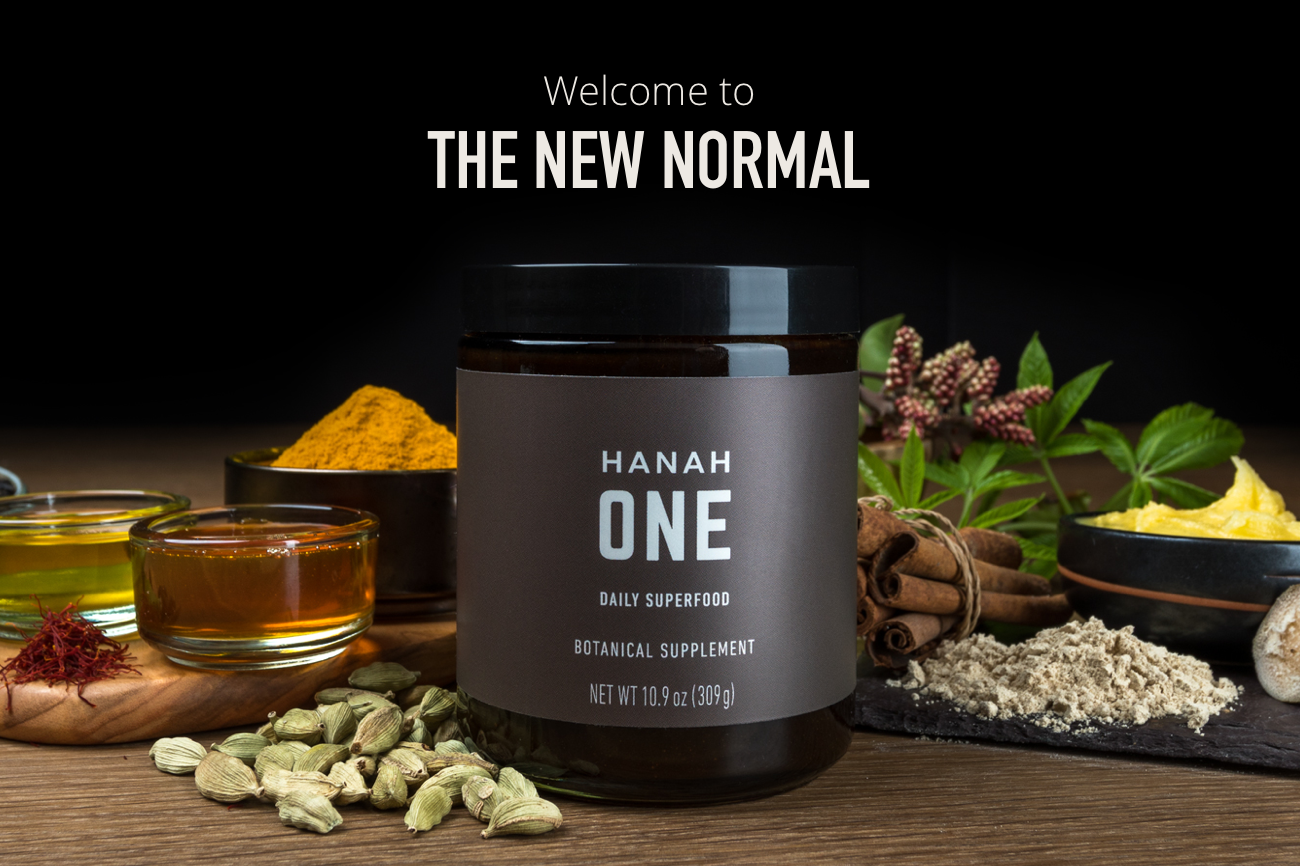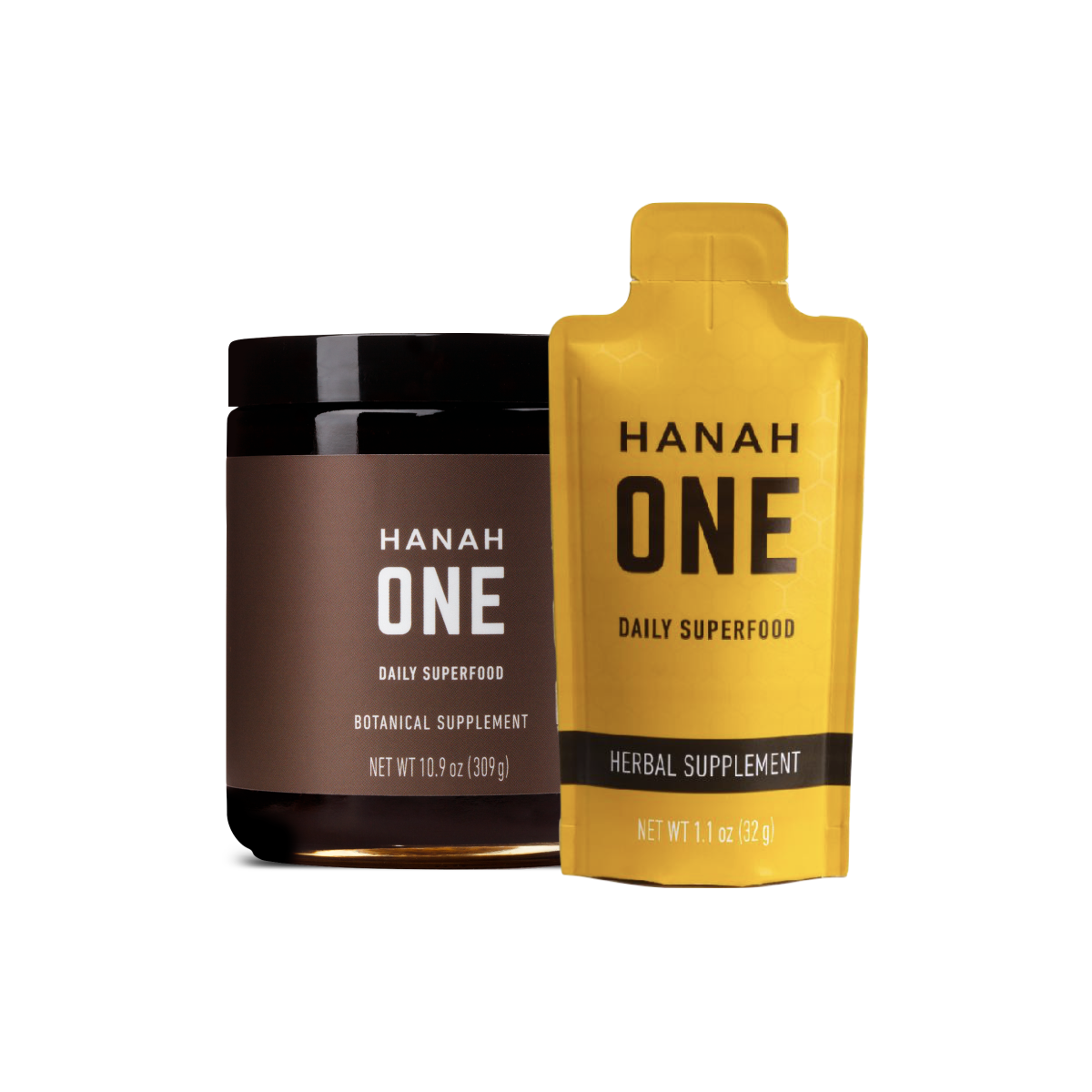The New Normal Part 2: From resolution to action to habit

Every New Year begins with people launching full force into fulfilling their resolutions for being fitter, healthier, and better in some way. Yet for all our best intentions, many of these aspirations have already fallen by the wayside by the time spring rolls around, and we’re back to our old habits. Indeed, up to 80 percent of those who made resolutions have lost their resolve before the Valentine’s Day chocolates are all gone.
The intention here isn’t to make you feel bad if you’re among that number. We want you to prioritize creating a New Normal. It’s one thing to want to make a change, and quite another to actually follow through. When we set out to do something differently in life, we need to plan, strategize, and then execute. It’s not enough to simply set a goal – be it lofty or seemingly small – and then expect to just arrive at the intended destination as if by magic. If the “new you” requires changing an existing behavior, author of The Power of Habit Charles Duhigg states that we need to identify:
- The cue: Look at the conditions (such as time, environment, and what you’re doing) when you feel the desire to perform the behavior.
- The reward: Determine what craving your habit is satisfying.
- The routine: Identify the steps you take physically, mentally, or emotionally to do the thing that provides the reward.
Once you’ve identified your habit loop, the key to making change is to alter the routine. So if you’re feeling lethargic mid-afternoon, instead of reaching for a sugar hit from a candy bar, you go for a walk or bang out a set of pushups instead. You’re still getting the same cue – “I’m feeling tired” – and a reward – a dopamine hit that makes you feel revitalized, but the action itself is different. And as a result, you’re substituting the inevitable sugar crash later on and the extra hollow calories for the benefits of movement.
If you want to start a new habit, the steps are somewhat similar. For the cue phase, consider what time of day you want the action to occur, where you’ll be, who you’ll be with, and how you’ll likely be feeling. Then think about the reward you’ll give yourself after you perform the behavior. This could be extrinsic – something you give yourself – or, in some cases, the intrinsic reward that your actions will deliver (“I just went for a run and feel great!”). Then for the routine phase, put everything from steps one and two together. Duhigg also suggests writing out the following statement and then filling in the blanks: When (cue from step 1) I will (perform this routine) because it provides me with (reward from step two).

How HANAH Hero Angel Collinson incorporates health into her daily routine.
Now you’re in position to become part of the few who actually stick to their new habits. Good for you. But the journey isn’t over – in fact, it’s only just beginning. As Aristotle said, “We are what we repeatedly do. Excellence, then, is not an act, but a habit.” This means that even with the best will in the world, you can’t just do something a couple of times and expect it to stick – see again the example of the gym-goer who shows up full of purpose a few times and then stops coming back because the excuse-o-meter – I’m sore, it’s too early, I’m too busy – goes into high gear.
Instead, what we need to do to achieve a New Normal is adherence – which is a fancy way of saying do the thing day in and day out. There are multiple ways to make this easier. The first and arguably most potent is to surround yourself with the right people. As Brad Stulberg writes in Outside, “The people with whom you surround yourself shape you. Motivation is contagious.” He goes on to cite a 2013 meta-analysis of studies on group-based accountability, which found that if other people in your group turn up to do something they’ve signed up for and you don’t, you feel bad. So to avoid the fear of letting others down, you’re more likely to go than if you were doing something solo.
Another way to hardwire action into habit is to incorporate whatever your new thing is into a ritual. For example, HANAH Heroes Jimmy Chin, Angel Collinson, and Travis Rice all put a spoonful of HANAH ONE in the smoothie they drink every morning. Making this a daily habit first thing not only compounds the cognition-sharpening, vitality-boosting effects of the botanical blend, but also allows them to stack these with the gut health-helping, immune-boosting benefits of fruits and vegetables. A morning smoothie could easily replace a bowl of sugary cereal, a gut-busting bagel, or a dreaded drive-through meal you cram down on the way to work. You could also combine it with meditation or prayer, journaling, walking, or yoga. Experiment with the variables to see what works for you, and once you’ve nailed down your new routine, write it all out on a Post-it that you stick on your fridge and look at each morning as a reminder. Soon enough, you won’t even need the prompt anymore.

HANAH Hero Bibi McGill takes time for herself to reset.
You could do the same to establish rituals at other times of day and night, as well. To wind down in the evening, maybe you shut down your screens at 9 p.m. and then take a bath, drink some herbal tea, and read a book before hitting the hay. Or if you have kids, you could take a family walk after dinner, play board games for a bit, go right into story time, brush their teeth, and then tuck them in.
"I am an avid biker, climber and hiker but with my profession it's always a struggle staying healthy, maintaining a routine and balancing my work with my love for the outdoors. I would slam coffee in the mornings, take natural supplements to go to bed at night and essentially live on a "take something as needed" throughout the day basis. I found out about HANAH ONE through a post by one of my idols, Jimmy Chin. I decided to give it a go and my life has definitely changed - I take one tablespoon of HANAH ONE in the mornings right of the spoon and find ways to incorporate the Ashwagandha in a smoothie or evening tea. After a month, I take ZERO other vitamins, supplements, enhancers. I don't drink coffee and my body is on what feels like a simple and natural cycle. I am thoroughly impressed with the quality and care it took to make this product and I will continue to back it to anyone who asks." – Matthew
There is comfort in routine, which is why kids with Asperger’s are so serious about their daily rituals. The same can be said for the rest of us. In a hectic world that often feels chaotic, developing and sticking to morning and evening rituals comprised of beneficial physical, nutritional, mental, and spiritual habits can provide a sense of order, rhythm, and calm in what Winston Churchill once called our “anxious and baffling times.” When it comes to creating your New Normal, it’s not about doing one big thing, but rather consistently performing a series of seemingly small actions that accumulate over time to help yield the huge dividend of a life well lived.
As HANAH founder Joel Einhorn recently said, “The New Normal to me is that anything is possible with hard work, daily practice, and dedication.”

Take a look at part one of our New Normal series, and these similar blogs:
- Run the Day podcast: HANAH founder Joel Einhorn
- HANAH + Bhutan: The land of herbal medicine
- Building a traditional superfood for the modern world
Stay in touch by signing up for our mailing list here.







Leave a comment
This site is protected by hCaptcha and the hCaptcha Privacy Policy and Terms of Service apply.